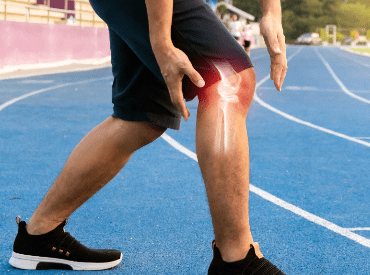
Multi-ligament Injury

What is it?
Multi-ligament injuries of the knee are serious injuries where more than one of the following structures are damaged (ruptured, partially ruptured/torn, strained) at the same time:
* Anterior cruciate ligament (ACL)
* Posterior cruciate ligament (PCL)
* Medial (tibial) collateral ligament (MCL)
* Lateral (fibular) collateral ligament (LCL)
* Posterolateral corner (PLC)
* Patella tendon (PT)
* Quadriceps tendon (QT)
Common mechanisms of injury are often trauma or athletic activity related. Knee dislocations, although rare, represent the most serious form of multi-ligament injury. With the latter, blood vessels or nerves may be injured also which require urgent attention.
Who should have surgery?
Following multi-ligament injury, the knee is often unstable. Depending on the combination and the severity of damage to the various ligaments and tendons, reconstructive surgery may be required for all of the injured elements or just one or two. For example, it is well documented that mild to moderate strains of the collateral ligaments may be treated successfully, non-operatively with good physiotherapy.
In view of the large spectrum of injury that multi-ligament knee injury encompasses, not to mention the numerous individual patient factors and expectations that accompany any medical condition, this is generally decided on a case to case basis.
Will I need any tests/scans?
It is likely that X-rays and an MRI will be requested for most knee injuries.
How is it done?
In brief, multi-ligament reconstruction is complex surgery, which may be staged (more than one operation). It is often accomplished successfully utilising both arthroscopic and open surgical techniques. It requires the use of autograft (patients own tendons) and allograft (donated tendons) in some circumstances. It usually involves a short hospital stay post-operatively and extensive rehabilitation programs to ensure success. A knee brace is commonly used initially (up to 12 weeks) to control knee motion and allow healing.
